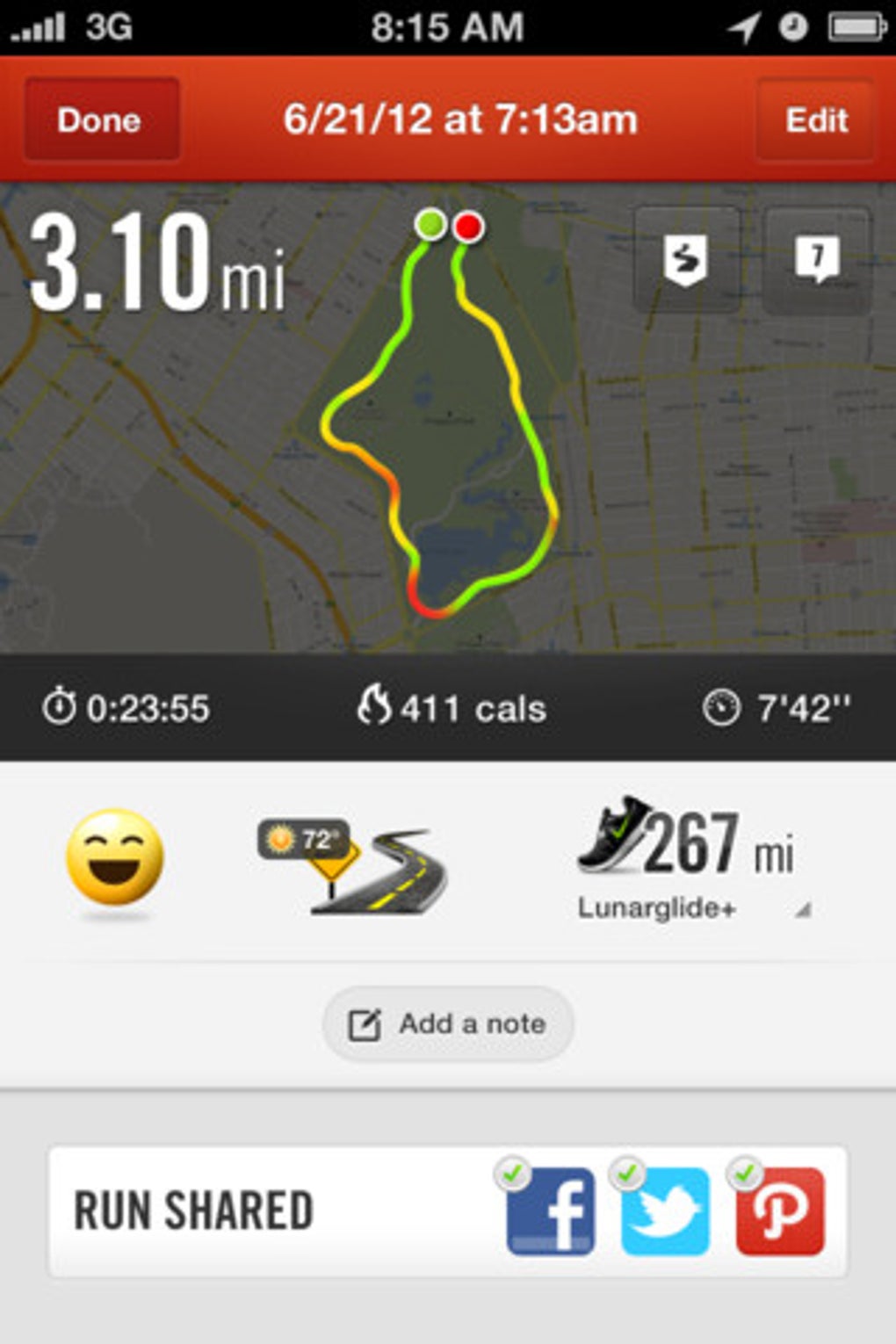- Android Monitor For Macbook Air
- Use Android Apps On Mac
- Connect Android Phone To Mac
- My Free Android Monitor
- Android Tablet As Second Monitor For Mac
You can make all of your displays mirror each other, or extend your workspace with different apps and windows on each display. If you use an external display with your Mac notebook, you can also use closed-display mode.

So that was how you can monitor all the active network connections on your Android in real-time. The app is pretty basic at the moment, but there is a good room for more features. Buy Now TheOneSpy - Monitoring App for Android, MAC and Windows Download the right application TheOneSpy is OS & feature rich application that holds all three major Operating Systems Android, Windows and MAC best for laptops, PCs and cellphones & tablets. Sep 06, 2020 The best monitors for Mac mini By Jon Martindale September 6, 2020 Apple refreshed the Mac mini in March 2020 with a bump to the computer’s storage — essentially doubling the storage on both.

Android Monitor For Macbook Air
Check your requirements
- Check the ports on your Mac to find out whether you need an adapter.
- Check how many displays your Mac supports: Choose Apple menu > About This Mac, click Support, then click Specifications. On the webpage that appears, the number of displays your Mac supports appears under Video Support.
Use extended desktop mode
Maximize your workspace with extended desktop mode, which lets you enjoy full-screen apps and windows on each monitor. Then, use Mission Control to organize apps and windows across your displays. If your Dock is on the bottom of your screen, it appears on any of your displays when you move your pointer to the bottom edge of your display.
Turn on extended desktop mode
- Make sure that your external display is turned on and connected to your Mac.
- Choose Apple menu > System Preferences, then click Displays.
- Click the Arrangement tab.
- Make sure that the Mirror Displays checkbox isn’t selected.

Arrange your displays or change your primary display
So that you can move apps and windows across your displays in one continuous motion, arrange your displays to match the setup on your desk. You can also change your primary display, which is where your desktop icons and app windows first appear.
- Choose Apple menu > System Preferences, then click Displays.
- Click the Arrangement tab.
- To change the position of a display, drag it to the desired position. A red border appears around the display as it's moved.
- To set a different display as the primary display, drag the menu bar to the other display.
Use video mirroring
With video mirroring, all of your displays show the same apps and windows.
Turn on video mirroring
- Make sure that your external display is turned on and connected to your Mac.
- Choose Apple menu > System Preferences, click Displays, then click the Arrangement tab.
- Make sure that the Mirror Displays checkbox is selected.
Use AirPlay

With Apple TV, you can mirror the entire display of your Mac to your TV, or use your TV as a separate display. To turn on AirPlay, follow these steps:
- Make sure that your TV is turned on.
- Choose in the menu bar, then choose your Apple TV. If an AirPlay passcode appears on your TV screen, enter the passcode on your Mac.
- Mirror your display or use your TV as a separate display:
- To mirror your display, choose , then choose Mirror Built-in Display.
- To use your TV as a separate display, choose , then choose Use As Separate Display.
- To turn off AirPlay, choose , then choose Turn AirPlay Off.
If you don't see in the menu bar, choose Apple menu > System Preferences, click Displays, then select the 'Show mirroring options in the menu bar when available' checkbox.

Learn more about how to AirPlay video from your Mac.
Learn more
Android Device Monitor was deprecated in Android Studio3.1 and removed from Android Studio 3.2. The features that you could usethrough the Android Device Monitor have been replaced by new features. The tablebelow helps you decide which features you should use instead of these deprecatedand removed features.
Use Android Apps On Mac
| Android Device Monitor component | What you should use |
|---|---|
| Dalvik Debug Monitor Server (DDMS) | This tool is deprecated. Instead, use Android Profiler in Android Studio 3.0 and higher to profile your app's CPU, memory, and network usage. If you want to perform other debugging tasks, such as sending commands to a connected device to set up port-forwarding, transfer files, or take screenshots, then use the Android Debug Bridge ( |
| Traceview | This tool is deprecated. To inspect |
| Systrace | If you need to inspect native system processes and address UI jank caused by dropped frames, use |
| Tracer for OpenGL ES | Use the Android GPU Inspector. |
| Hierarchy Viewer | If you want to inspect your app's view hierarchy at runtime, use Layout Inspector. If you want to profile the rendering speed of your app's layout, use Window.OnFrameMetricsAvailableListener as described in this blog post. |
| Pixel Perfect | Use Layout Inspector. |
| Network Traffic tool | If you need to view how and when your app transfers data over a network, use the Network Profiler. |
Connect Android Phone To Mac
Start Android Device Monitor
My Free Android Monitor
To start the standalone Device Monitor application in Android Studio 3.1 andlower, enter the following on the command line in theandroid-sdk/tools/ directory:
You can then link the tool to a connected device by selecting the device from the Devices pane. If you have trouble viewing panes or windows, select Window > Reset Perspective from the menu bar.
Android Tablet As Second Monitor For Mac
Note: Each device can be attached to only one debugger process at a time. So, for example, if you are using Android Studio to debug your app on a device, you need to disconnect the Android Studio debugger from the device before you attach a debugger process from the Android Device Monitor.
